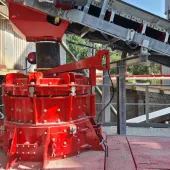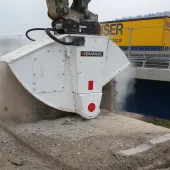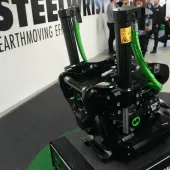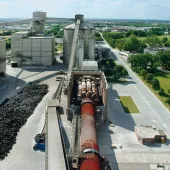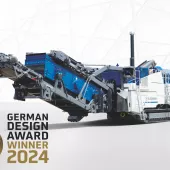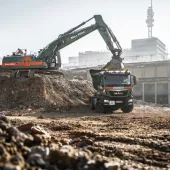RESTORE mid-term conference report
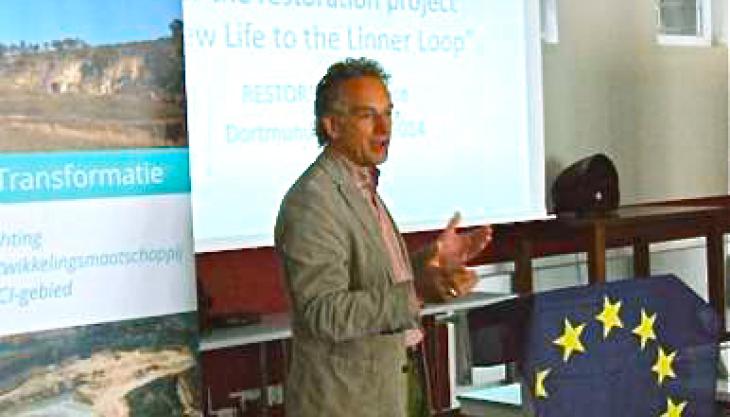
Dortmund conference highlights mineral site restoration's potential for delivering public benefits
THE RESTORE project’s mid-term conference took place on 4 June in Dortmund, Germany, where stakeholders from local and regional governments, environmental NGOs, community groups, the minerals industry and research institutes – across the project’s partner countries – contributed and discussed four themes related to mineral site restoration, each with keynote speeches.
The need for partnership working; delivering public benefits; involving local communities and using an ecosystem-services approach in successful restorations was emphasized in the talks given by a range of speakers from organizations such as Birdlife, CEMEX, the Mineral Products Association (MPA), the Flemish Federation of Gravel and Sand Extractors – as well as representatives from academia and local communities.
Keynote speaker Christoph Schröter-Schlaack from the Helmholtz Centre for Environmental Research presented on public benefits and biodiversity. He explained that ecosystem services are useful to understand the relationship between nature and human well-being and that economic valuation can highlight the importance of nature’s benefits to society and the value that people place on nature. However, economic valuation is more than just a monetary value, but is rarely enough to induce behavioural change.
Mr Schröter-Schlaack presented a number case studies to showcase successful examples of an economic approach, including the Lusatia mines in Germany and flood protection on the River Elbe.
In the second main presentation, Stephen Redwood, reserves development director with CEMEX UK, spoke about best practices in restoration and gave an industry perspective. He described how restoration and the creation of biodiversity are good for business and real gains can be achieved for nature by working in partnership, with an understanding of different parties’ perspectives and strong collaboration.
The third keynote speaker, David Payne of the MPA, presented on the topic ‘Policy into Practice’ for the Work Package 1 (WP1) integrated policy seminar section of the conference. He outlined the National Planning Policy Framework and the relevant biodiversity policy documents in England, to demonstrate how policy differs in north-west Europe. He explained that the minerals industry is uniquely placed to deliver nature policy targets, eg priority habitats delivery and biodiversity offsetting.
The final keynote speaker was Coen van der Gugten, a representative of the population of Maastricht, in the Netherlands, where an active limestone quarry is being transformed into a place for nature and the local community to enjoy. He outlined the history of the site and offered a key insight into the process of community involvement in its restoration and how this led to the establishment of a Foundation to represent the views of the community at this particular site.
All the presentations from the conference are now available on the RESTORE website.


